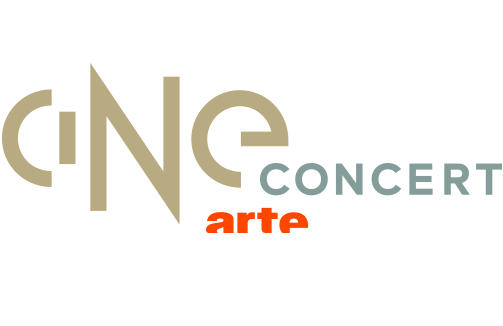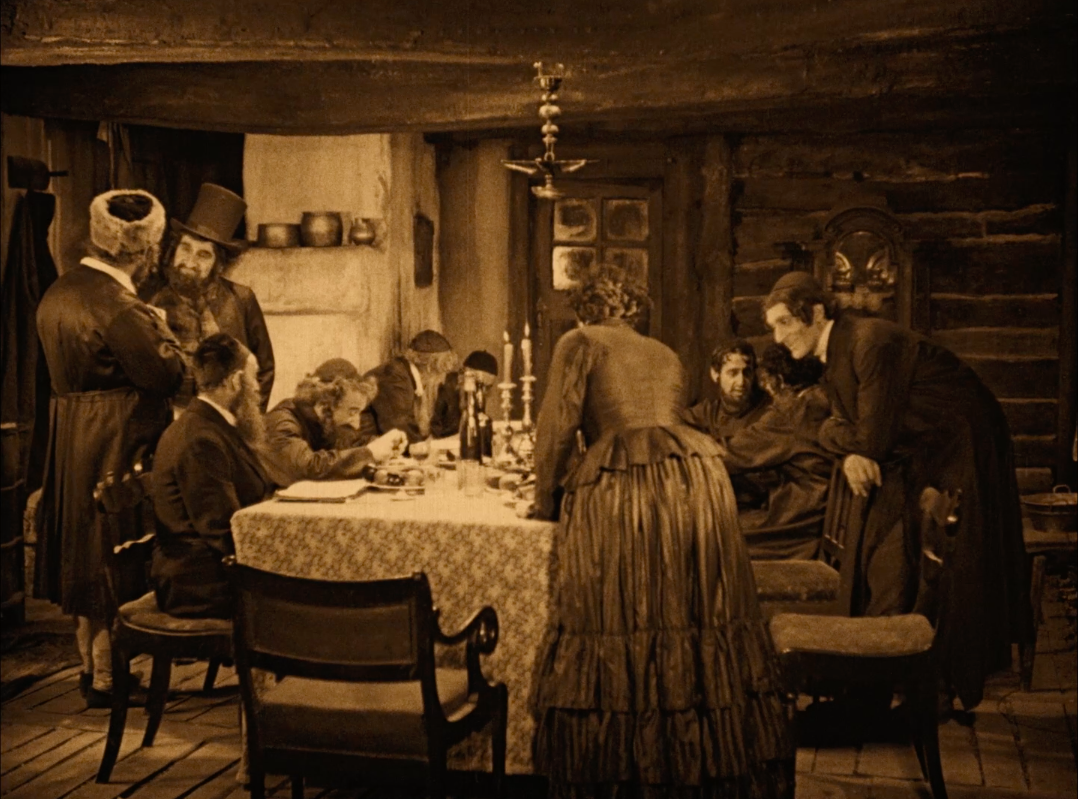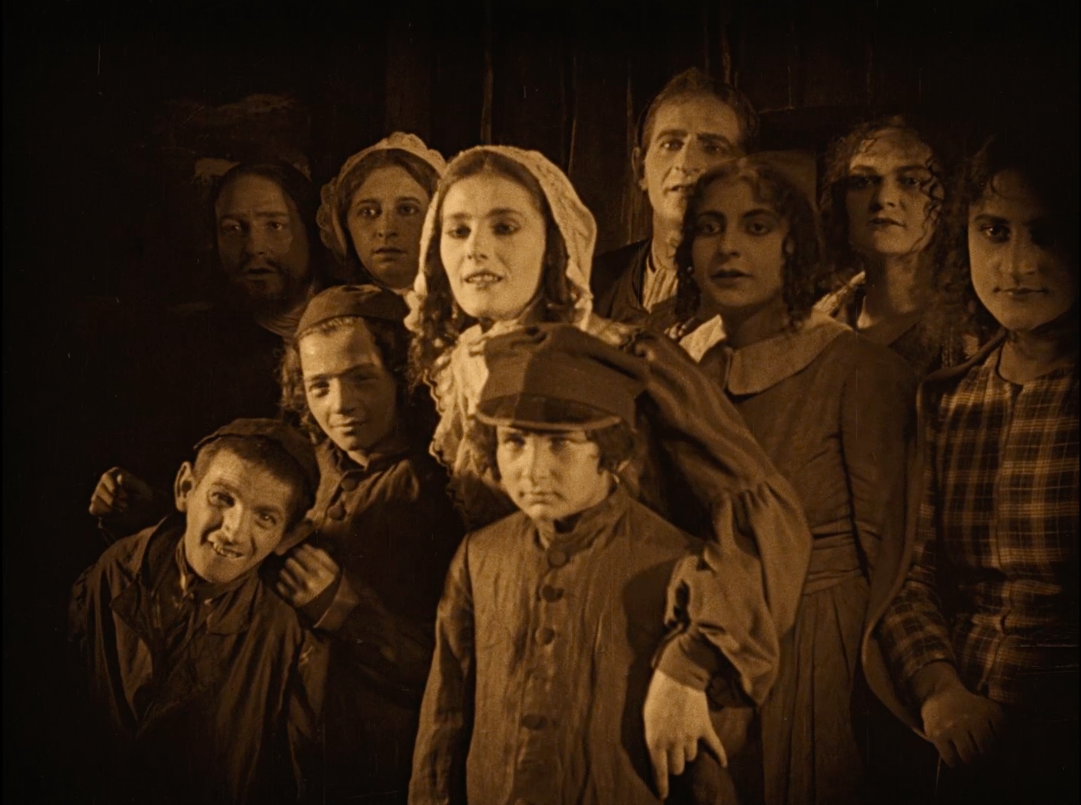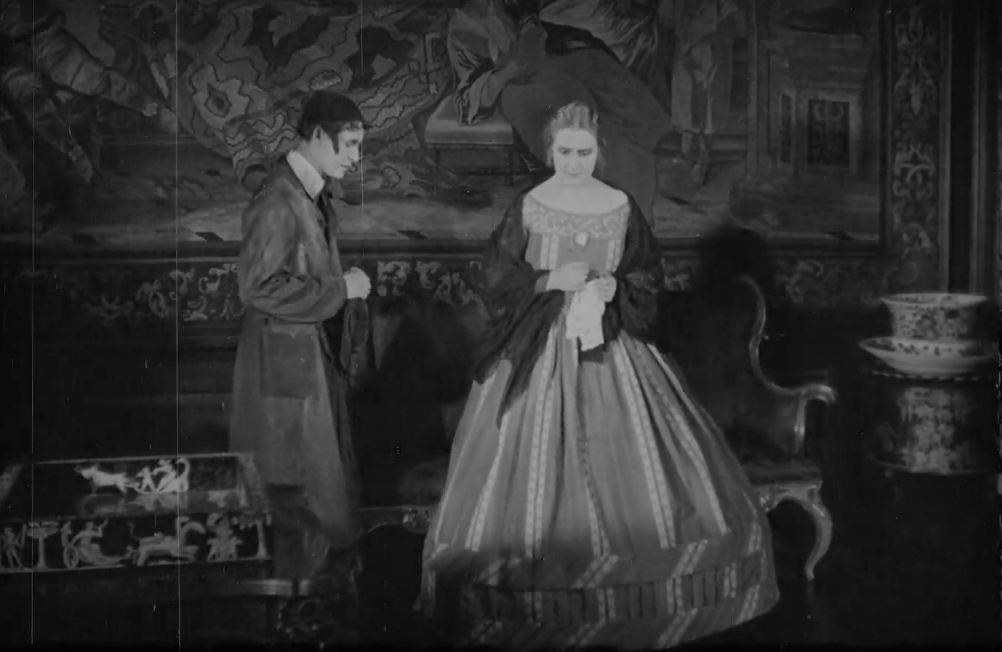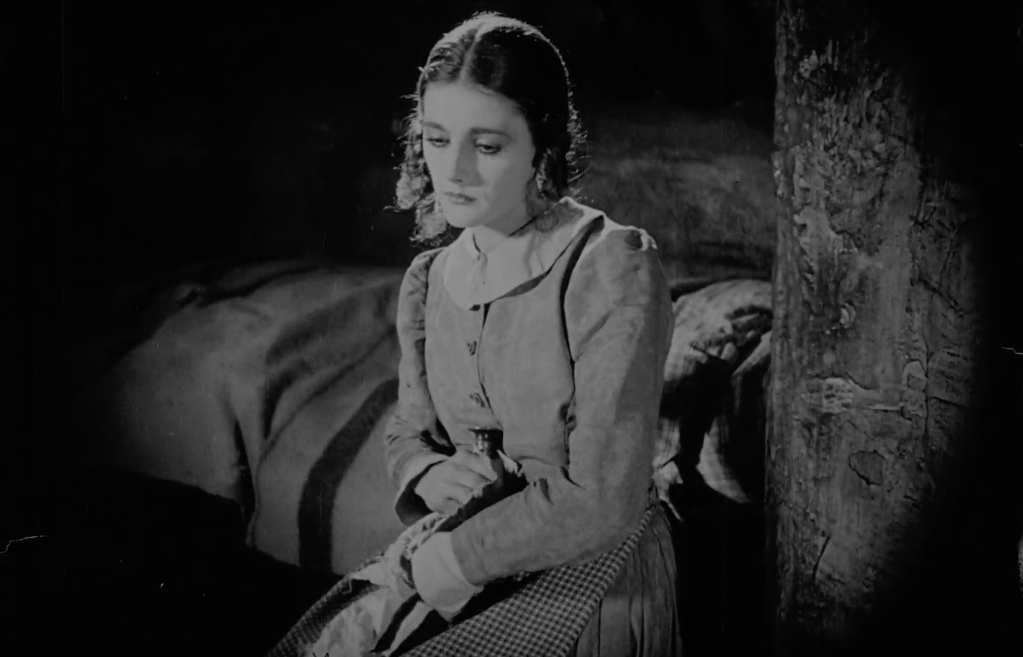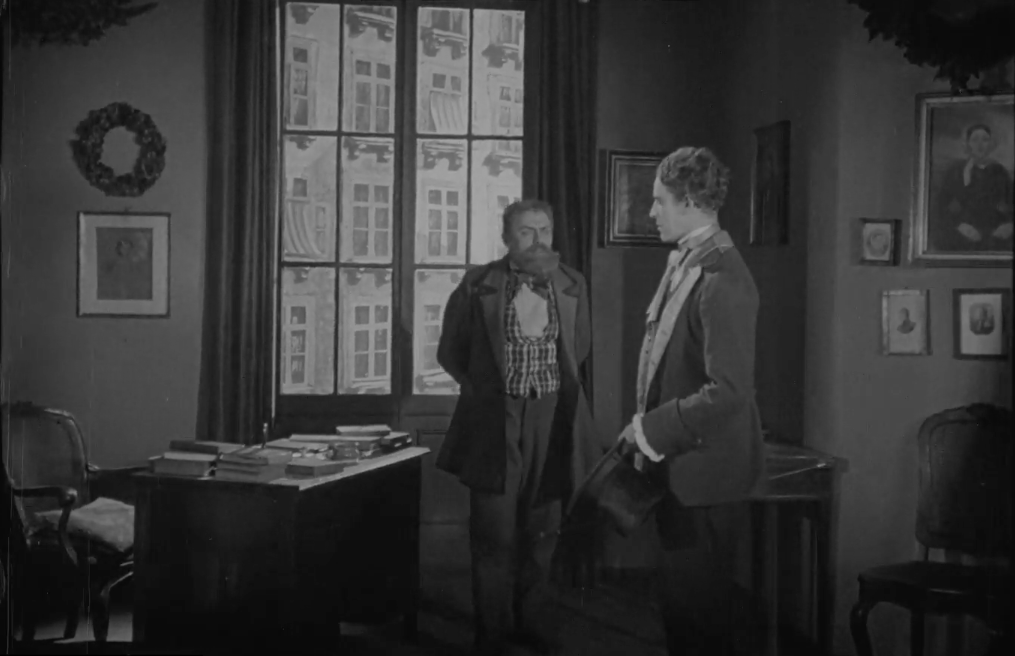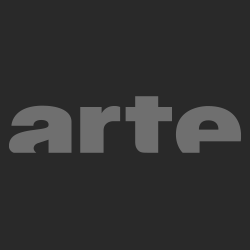The Ancient Law
The Ancient Law
Germany 1923, 134 min. | HD-s/w(virague)-restored version
The 1923 film The Old Law by Ewald A. Dupont (1891-1956) is a classic of German-Jewish film history. It deals with the assimilation problems of Jews in the 19th century, told through the fate of a young man from a Galician rabbi family.
The Ancient Law by Ewald A. Dupont (1891-1956) deals with the assimilation problems of Jews in the 19th century, told through the fate of a young man from a Galician rabbi family. Baruch wants to become an actor against his father's wishes and leaves the small village and his family. The film sets the father-son story in a strictly orthodox milieu and contrasts the religious world of the rabbi with a liberal profane theatre world. In the encounter with classical theatre and the spirit of the Enlightenment, a new world opens up for him, which even his father cannot close himself off from.
The Ancient Law is a classic of German-Jewish film history. A similar conflict is dealt with in the American film The Jazz Singer, made four years later; here the rabbi's son wants to become a singer and upsets his father. Where The Jazz Singer scores points for its 1920s zeitgeist with jazz music, the conflict is illuminated more subtly in The Ancient Law. With its authentic set and excellent ensemble of actors - superbly staged by cinematographer Theodor Sparkuhl - The Ancient Law is considered one of the best films of Weimar cinema, shot by an almost exclusively Jewish team. "Dupont succeeds in making the atmosphere of the so different worlds of this film visible: the ghetto milieu, which is separated from the world outside by an almost insurmountable wall, and this world itself; which is made vivid here by the Vienna of the sixties, which is carried by the rhythms of the waltzes of a Johann Strauss and for whom the Burgtheater means the epitome of all art par excellence." (Film-Kurier, No. 244, 30 October 1923)
With the new ensemble music by Philippe Schoeller, created on behalf of ZDF/ARTE and written for the Jewish Chamber Orchestra Munich, this film classic is given a new interpretation. The music communicates with the image. It does not anticipate the film, but reacts to the formal construction and the dramaturgy of light, which is especially important in silent films - and particularly striking in THE OLD LAW. In its transparent sound Schoeller's music underlines the visual quality of the film and unites various compositional techniques up to minimal music and microtonality.
The music is written for a twelve-piece chamber ensemble. With this mobile instrumentation (7 strings plus flute, oboe, clarinet, accordion, percussion), the composer creates an extremely finely wrought music, which in its modernity also thematises distances and losses. At the same time, it makes us aware of the innovative character of the film. In THE Ancient Law, Dupont plays through the richness of cinematography as it would become significant for future generations. With his music, Philippe Schoellers designs a resonance space in which the present and the past interpenetrate. His composition oscillates between construction and emphasis, it is modern in conception and yet on the trail of the metaphysics of sound - the best prerequisites to build a bridge from the historical film to the reception situation of today.
THE ANCIENT LAW
music from the film of the same name by Ewald André Dupont for instrumental ensemble (2017)
Instrumentation:
1 Flute.1 Reed.1 Clarinet - 1 Percussion, 1 Akkordeon - Strings (2.0.2.2.1)
Percussion: 2 bongos (medium, large), 2 cymbals on stands, 4 Tibetan singing bowls (c,c,d,fis), claves
The current restoration at the Deutsche Kinemathek is a digital restoration and builds on the nitrate prints stored in the Bundesarchiv-Filmarchiv, which were also used in the 1984 restoration. With the help of digital technology, it was now possible to duplicate them much better, complete the montage and recover the colours of the contemporary virage. In the process, Martin Koerber's team drew on additional material from the Narodni Filmovy Archive, Prague, and the Cinémathèque Francaise, Paris. Thanks to the research work of Prof. Cynthia Walk (University of California, San Diego), the censorship card of the film has been recovered so that an authentic title version can now be produced. The elaborate digital restoration came about with substantial financial support from the Sunrise Foundation for Education and the Arts.
Philippe Schoeller (*1957)
studied musicology and philosophy at the Sorbonne, took courses with Pierre Boulez at the College de France and pursued studies in sound synthesis at IRCAM in Paris. In addition to his work as a composer of concert, ensemble and vocal works, which are performed internationally by top-class orchestras such as the Ensemble Intercontemporain or Orchestre Philharmonique de Radio France, Philippe Schoeller is associated with film music. He is one of the European composers currently writing the most interesting film scores for silent films. He represents a generation of composers who, in their silent film work, fill a void between a purely historicising accompaniment practice and a programmatic new music that is mostly autonomous in relation to the film.
E. A. Dupont (1891 - 1956) was a German director and screenwriter. From 1911 he worked as a journalist for various newspapers and reported among others in the column "Varieté und Film". In 1916 he changed sides and began to write screenplays, which were realised in series - e.g. eleven of his screenplays were filmed in 1917/18. He made the Max Landa detective series (1918-19), worked with Paul Leni and Henny Porten, and for Ufa he made his world success VARIETÉ with Emil Jannings and Lya de Putti. It followed engagements in Hollywood and London where he continued his success with movies like MOULIN ROUGE (1927/28) and PICCADILLY (1928). At the beginning of the talkies, Dupont stayed in Germany and did well as a director in the USA, but after fleeing into exile and taking a long break, he was unable to repeat his successes in the 1950s.
Credits
- Direction and Screenplay:
Ewald André Dupont - Camera:
Theodor Sparkuhl - Set design:
Alfred Junge, Curt Kahle, Ali Hubert - Actors:
Ernst Deutsch, Henny Porten, Avrom Morewski, Robert Garrison u.v.a. - Film restoration (2016):
Deutsche Kinemathek Berlin, ARRI Media - Score music (2017):
Philippe Schoeller (Auftragswerk von ZDF in Zusammenarbeit mit Arte) - Editorial:
Nina Goslar, ZDF - Production:
Thomas Schmölz, 2eleven music film
